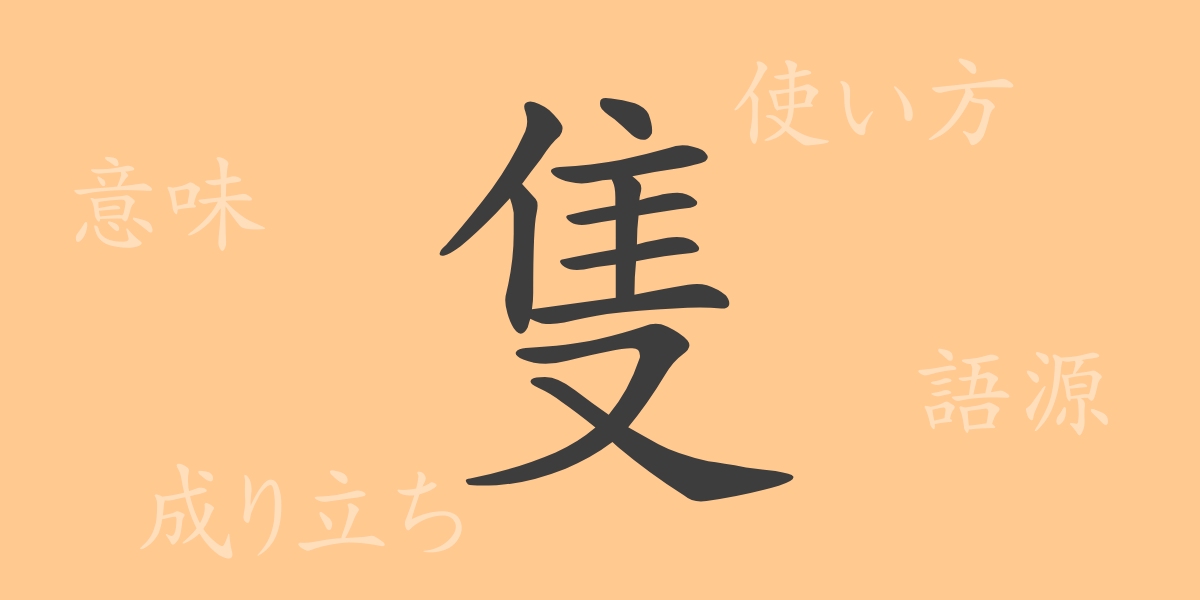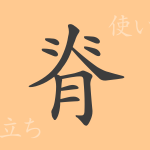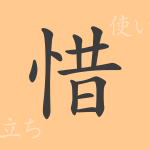Language reflects culture. Among Japanese words, many kanji embody historical and cultural nuances. One such kanji is ‘隻’ (セキ), deeply rooted in the Japanese way of life and expression. This article delves into the origins, meanings, and usage of ‘隻’, as well as the idioms and phrases associated with it, exploring its allure.
Origins of 隻
The kanji ‘隻’ evolved from ancient Chinese pictographs. Originally, there was the character ‘翟’, meaning ‘wing’, which simplified into ‘隻’. Historically, it was used to denote one side of a ship or bird, eventually coming to mean ‘one’, ‘a single one’, or ‘half’.
Meaning and Usage of 隻
‘隻’ commonly means ‘one’, ‘a single one’, or ‘one side’. It is frequently used to count vehicles such as ships and airplanes. Additionally, it signifies something that is lost or missing, often used to express ‘one side’ or ‘half’ of something.
Readings, Stroke Count, and Radical of 隻
Understanding the structure and meaning behind the kanji ‘隻’ enhances comprehension of Japanese.
- Readings: On’yomi ‘セキ’; no specific kun’yomi.
- Stroke Count: 10 strokes.
- Radical: ‘隹’.
Idioms and Phrases Using 隻
Idioms and phrases including ‘隻’ often depict specific numbers or states. For instance, ‘一隻の船’ (いっせきのふね) means ‘a single ship’, and ‘隻眼’ (せきがん) translates to ‘one-eyed’. These expressions illustrate the richness of the Japanese language.
Conclusion on 隻
The kanji ‘隻’, passed down through the ages, is crucial in Japanese for counting specific items or referring to one side. Even a single character like ‘隻’ reveals the depth and diversity of Japanese expression. Through this exploration, we hope readers will appreciate the unique perspective ‘隻’ brings to understanding Japanese.

























